Fieldwork
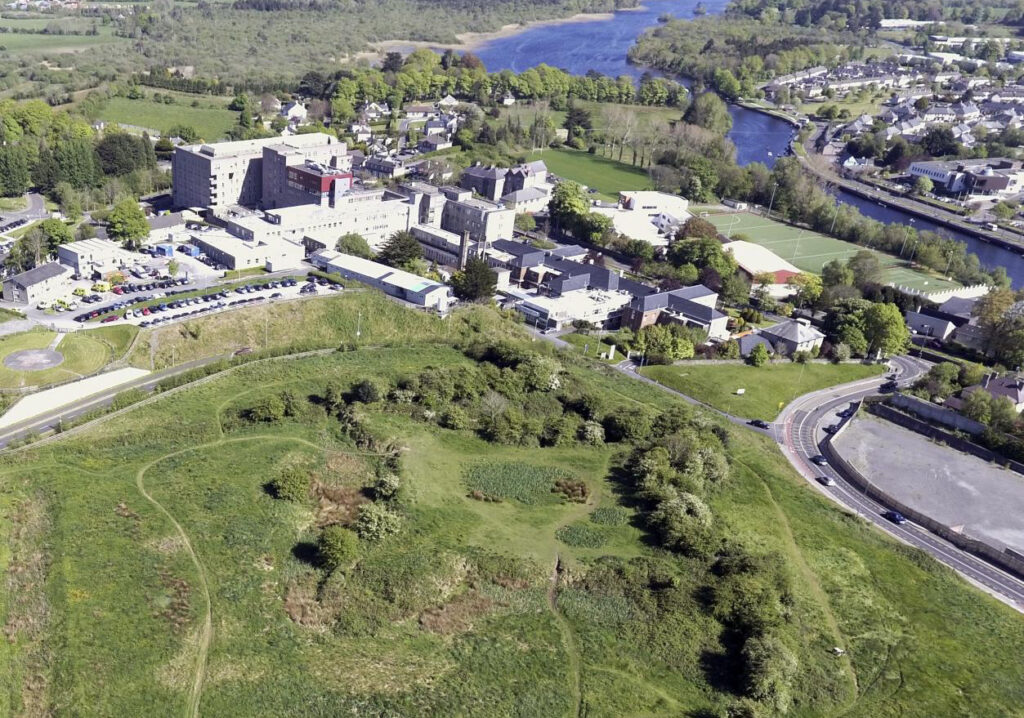
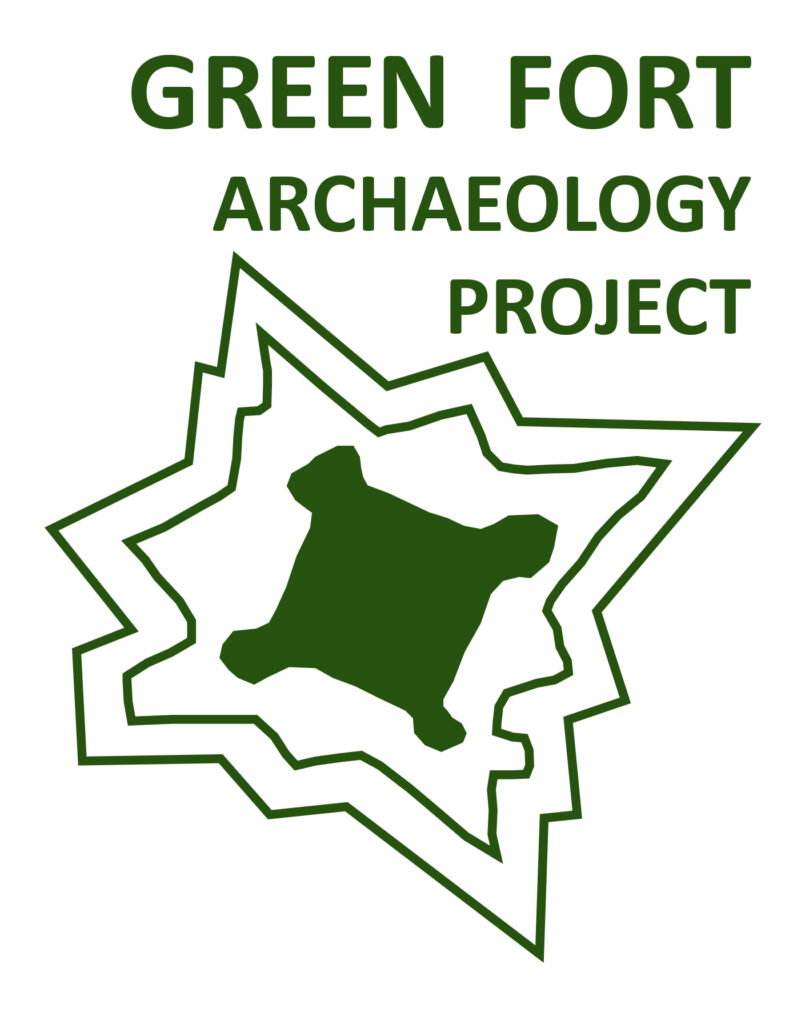
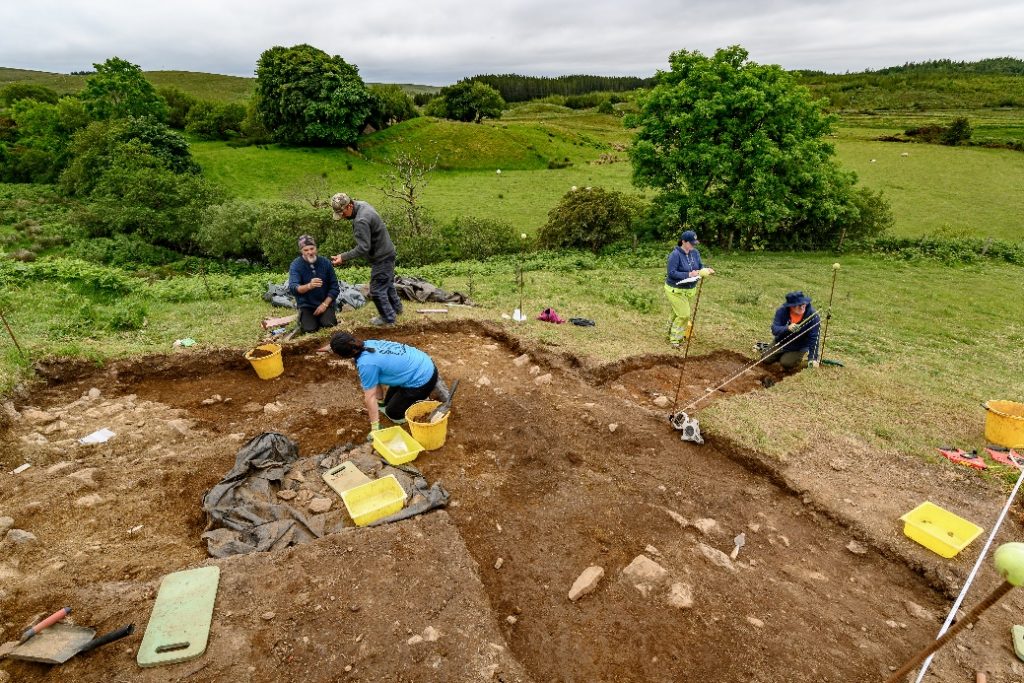
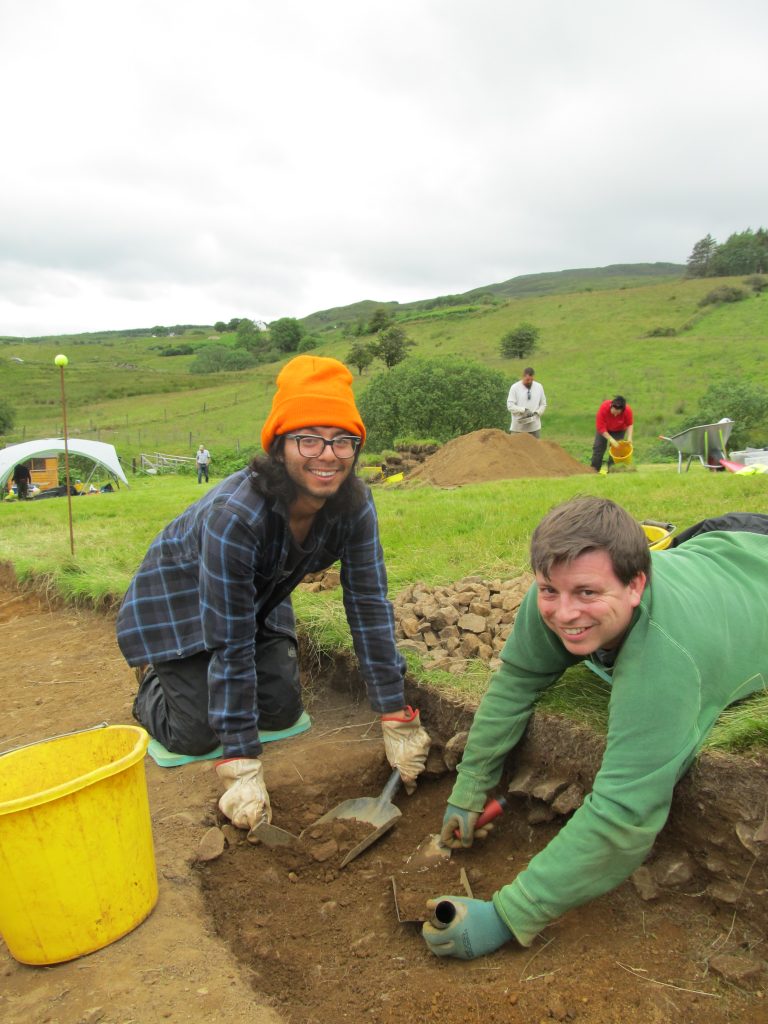
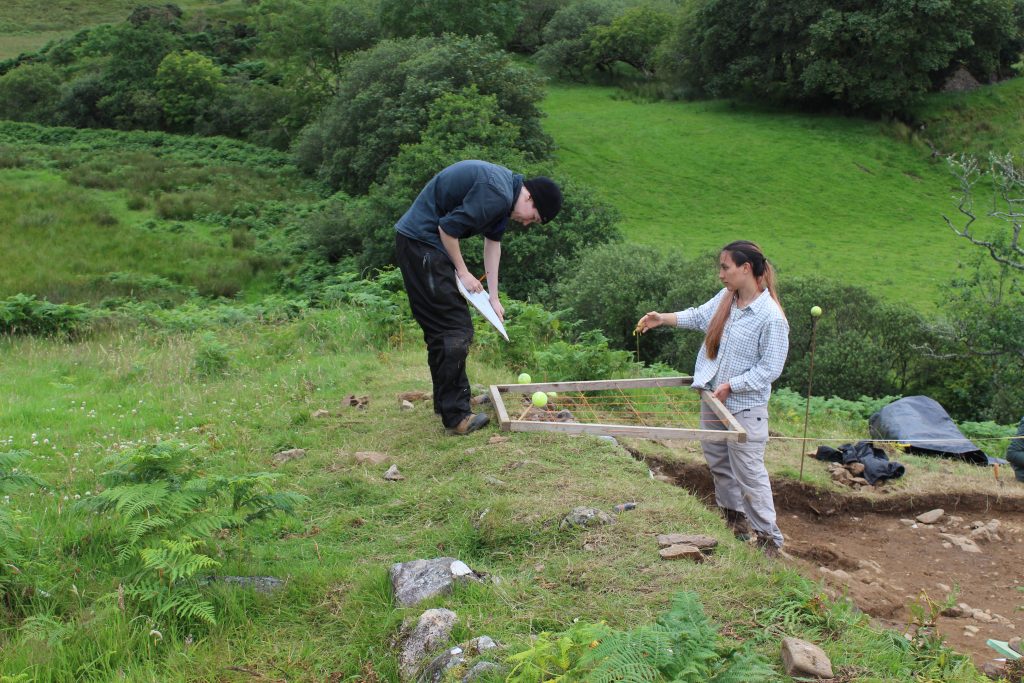
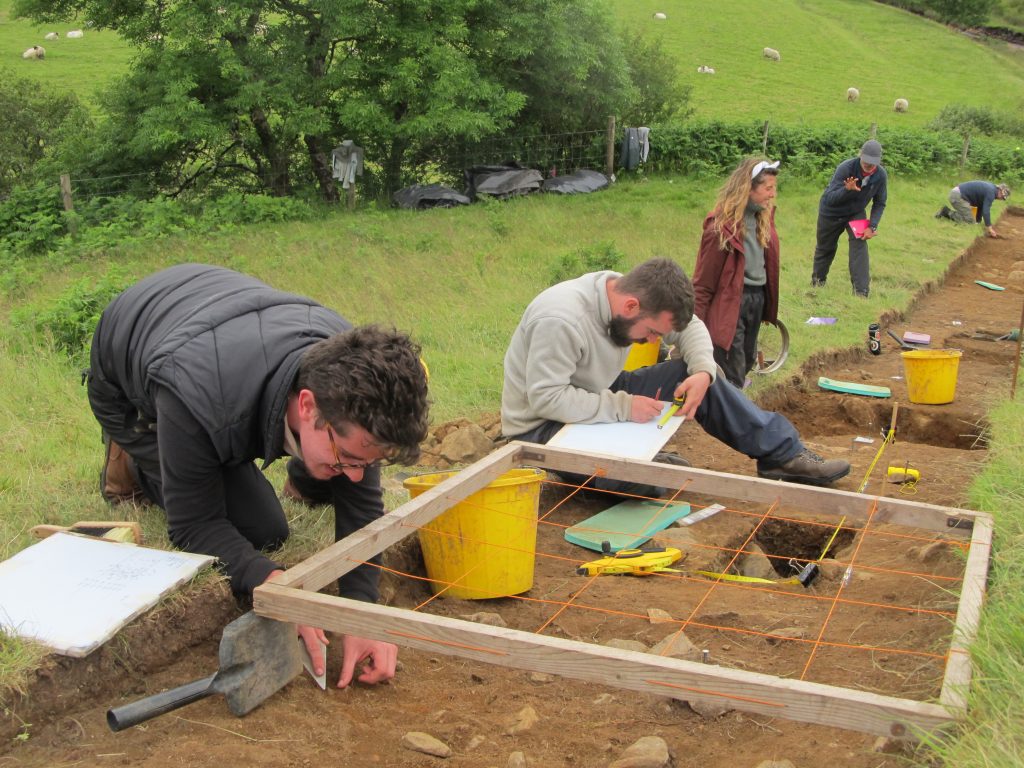


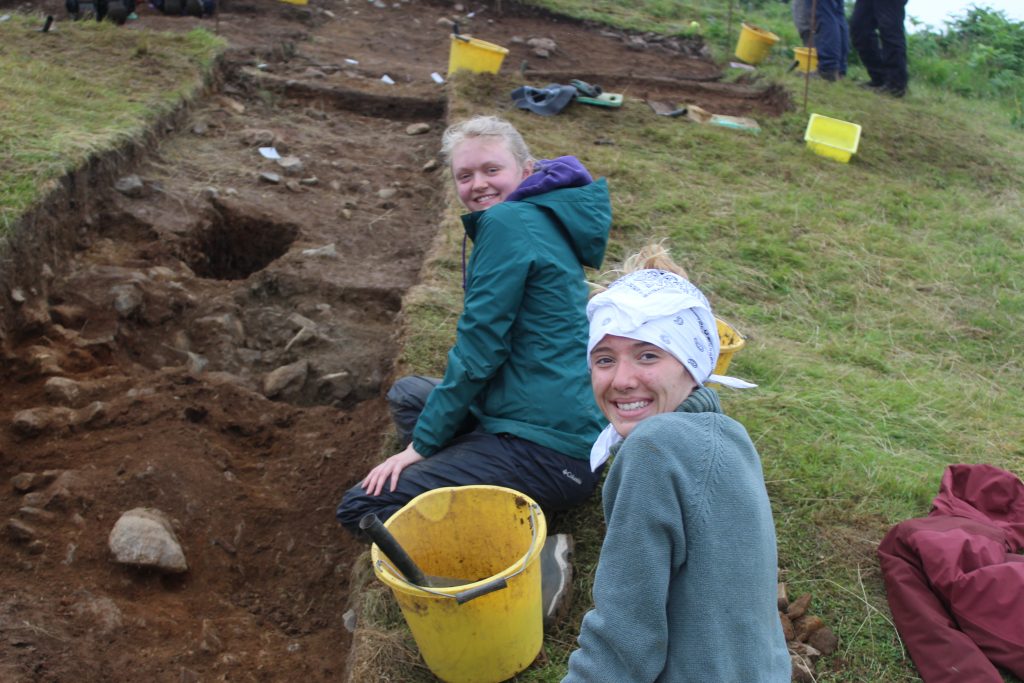
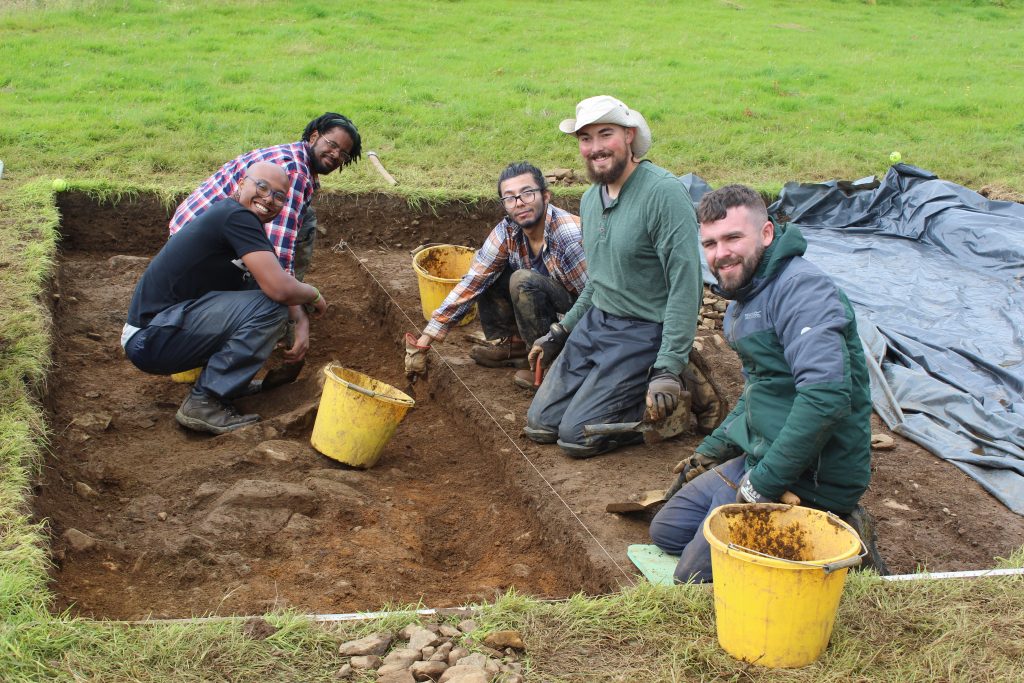
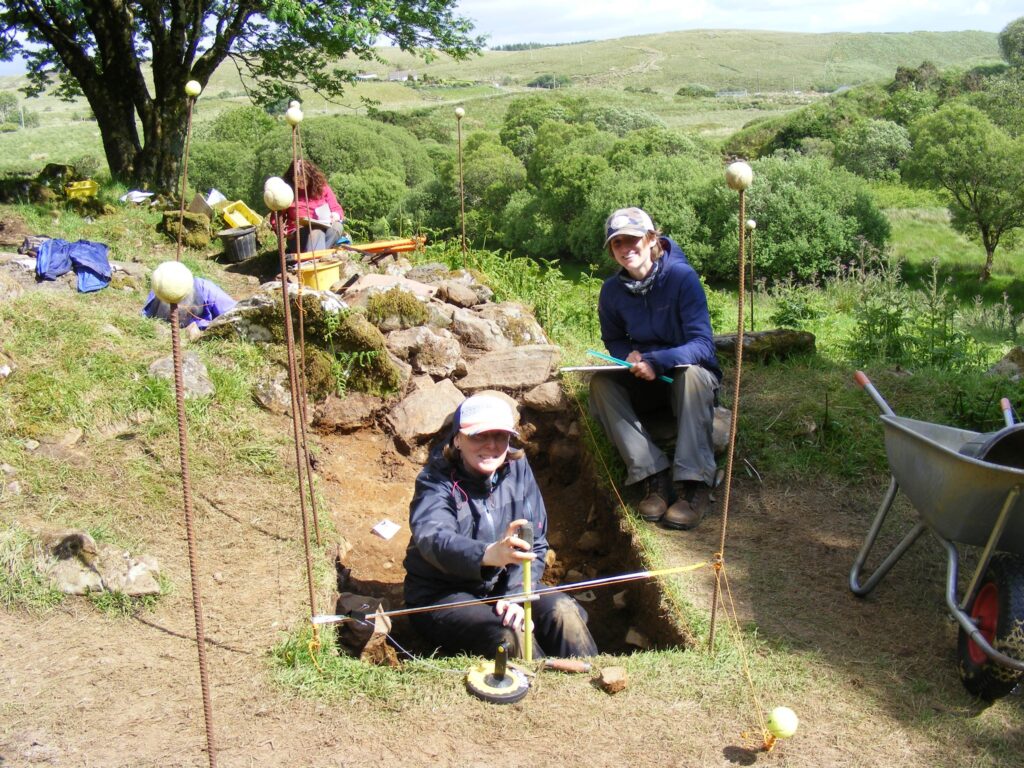
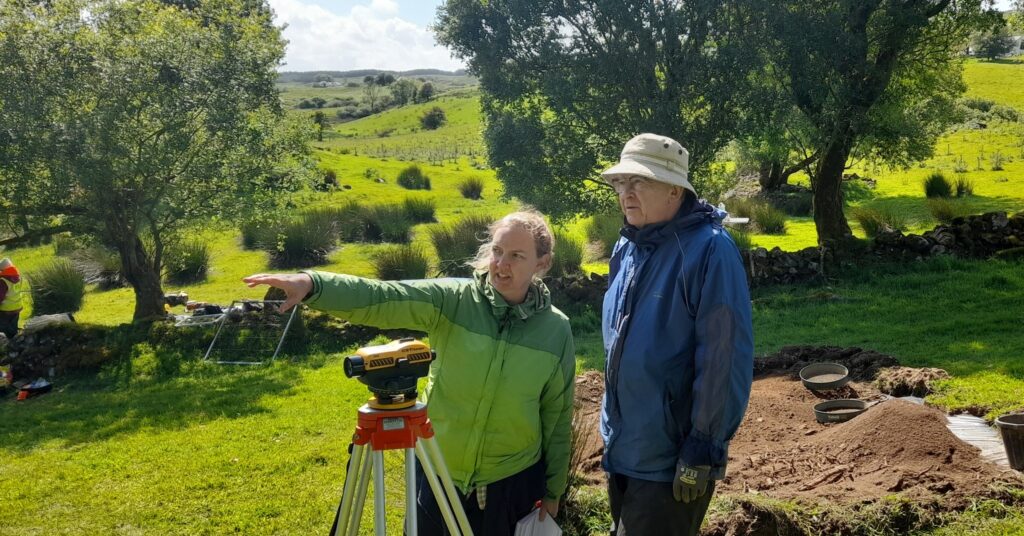
Location: City View, Rathquarter, Sligo, Co. Sligo, Ireland
Season: February 24, 2025 to June 20, 2025
Session Dates: Online study 2 hours/week from late February to early May. In the field May 19th to June 20th (online-plus-5-week Field Studies course) or June 2nd to June 20th (online-plus-3-week Archaeological Excavation and Post-excavation International course).
Application Deadline: April 1, 2025
Deadline Type: Rolling
Website: https://www.atu.ie/flexible-learning-courses-in-archaeology
Program Type:
Field School
RPA Certified:
No
Affiliation:
ATU Sligo, Ireland, and California State University LA
Project Director:
Dr. Fiona Beglane with Dr. Marion Dowd and Dr. René Vellanoweth
Project Description:
The Green Fort
The Green Fort is a bastioned or ‘star-shaped’ military fort with spectacular and extensive views overlooking Sligo Town, Sligo Bay and the surrounding mountains in the north-west of Ireland. It was probably constructed in 1599 during the Nine Years War (1594-1603), on the site of an early medieval ringfort (circa 6th-10th century AD) known as Ráith dá Briotócc, which is understood to mean ‘Britton’s Fort’, or the ‘fort of the two stuttering women’, or the ‘fort of the two British women’. The Green Fort became a strategic defensive base during the Williamite Wars (1688-91). Initially held by the Williamite forces, it then became a Jacobite base, but was subsequently besieged and retaken by the Williamites.
Situated within the modern town of Sligo and, working with Sligo County Council and community volunteers, this archaeological excavation project aims to examine the role of the Green Fort in the history of the town and surrounding area and to communicate these findings to the public.
2025 will be the first year of excavation so the focus will be on understanding the dating and origin of the site as well as the nature of features identified by fieldwalking, geophysics and survey. Students will be working closely with members of the local community and with Irish-based students to begin to unpick the story of this fascinating place. They will gain experience of excavating, recording, and surveying sites, as well as post-excavation analysis. Fieldtrips will provide an insight into the archaeology of the wider area, and in the evenings, students will gain an insight into Irish culture, society, and hospitality.
Fitness and safety
Note that both the study tour and the excavation require a reasonable level of physical fitness. Students will need to be able to walk over rough ground for 500m or more without difficulty, excavation is a physical activity that requires a similar level of fitness to gardening. You should be aware that you may be outside in all weathers for extended periods.
Online classes (End-Feb to early May 2025)
Students will undertake online classes for two hours per week from the end of February until early May. These will introduce students to the history and archaeology of the Green Fort, archaeological techniques and recording. For those unable to attend the live classes, these will be recorded and students can watch these at a time to suit their own schedule.
The Study Tour (19 – 30 May 2025) (5-week Field Studies course only)
This module involves touring the spectacular landscapes of the northwest of Ireland for ten days to examine a full range of Irish archaeological field monuments and a number of visitor centres. Students will learn first-hand about Irish archaeological field monuments and their contexts in the wider landscape and build their knowledge of Irish culture through this study tour.
The Excavation and post-excavation (2 – 20 June 2025) (All courses)
A topographical survey of the ‘Green Fort’ was carried out by Sam Moore and students of IT Sligo (now ATU Sligo) over a number of years. In 2021 Eoin Halpin of AHC Ltd used this baseline to record the present state of the monument as part of scrub clearance works undertaken by Sligo Co. Co. Following on from this, also in 2021, Sligo Co. Co. commissioned licensed geophysical (magnetometer and resistivity) surveys of the monument, which were conducted by Archaeological Consultancy Services Unit (ACSU). The topographic and geophysical surveys have informed the excavation methodology, providing a focus for planning trench locations.
The first two weeks will concentrate on excavation, while the third week will concentrate on post-excavation analysis. In the event of sustained bad weather in the first fortnight, indoor work will be undertaken, with the aim of making up lost excavation time in the third week.
Excavation
In 2025 the excavation will focus on a single 30m long trench in the interior of the fort. This will provide an insight into the structures and features that have been identified by geophysics and survey, in particular a circular anomaly in the centre of the fort.
The overall aim of the project is to investigate the nature and origin of the archaeological remains at the Green Fort and to place them in their wider cultural and landscape context. Students will contribute to this overall excavation aim through their input to the survey, excavation and recording work on site. The Green Fort is visited regularly by tourists and locals, and students will also have the opportunity to develop skills in explaining heritage to members of the public.
Post-excavation Analysis
Post-excavation analysis will take place in the Archaeology Lab at ATU Sligo. Students will undertake essential tasks such as washing artefacts and ecofacts; processing soils for specialist analysis; preparing stratigraphic matrices and reports; illustrating and photographing artefacts. They will gain an awareness of the component parts of the post excavation process and the roles played by various specialists. They will contribute material for creation of the final excavation report and ultimately work towards bringing an excavation to full publication, and the preparation of the archive for final deposition in the National Museum of Ireland.
Course Options
Online-plus-3-week and online-plus-5-week options are available. These can be booked directly with Atlantic Technological University Sligo or can be booked via the Institute for Field Research.
Via ATU (See https://www.atu.ie/flexible-learning-courses-in-archaeology)
Via IFR (See https://ifrglobal.org/program/ireland-sligo-excavation/)
Period(s) of Occupation: Historical archaeology: early medieval period through to the post-medieval and modern periods. With good potential for prehistoric activity.
Notes:
Online classes (2 hours per week) commence from late February 2025. By completing the theoretical aspects of the course online and in advance of the field school, students gain the maximum benefit from their time in the field. Students then attend practical sessions in Sligo in May-June 2025. By the end of the programme, students will have gained hands-on experience excavating on this fascinating medieval and post-medieval site and will understand what is involved in post-excavation analysis and how these fit into a larger research project. Students will also have a knowledge of Irish archaeology and history, with a particular focus on the landscapes of NW Ireland.
Other archaeology certificate courses you may be interested in: https://www.atu.ie/flexible-learning-courses-in-archaeology
Project Size: 1-24 participants
Minimum Length of Stay for Volunteers: 3 weeks
Minimum Age: 18
Experience Required: None. This field school will give you the opportunity to develop a range of skills, and for those with prior archaeological experience, to build upon those skills and develop them further.
Room and Board Arrangements:
Accommodation and food are not included when booking directly with ATU, but suitable facilities will be recommended at the online sessions. This allows students to suit their own budget and needs, and to share accommodation if they wish to do so.
When booking with IFR, self-catered accommodation is included in the price.
In both cases some meals may be provided at social events.
The study tour will consist of daily fieldtrips by minibus departing from ATU Sligo. The excavation and post-excavation analysis will take place in Sligo Town. The excavation is within easy walking distance of Sligo town center and a range of accommodation choices. Post-excavation analysis will take place at ATU Sligo, again this is walking distance from Sligo town center. Students are responsible for their own transfer at the start/end of the course. Bus Eireann Expressway buses run frequently and directly between Dublin City, Dublin Airport and Sligo town. Trains run frequently and directly between Dublin City and Sligo town. Advice will be provided to students at the online sessions.
Academic Credit:
12-18 ECTS (European Credit Transfers), which can be transferred to US credits available when booking direct with ATU. US Semester credits available when booking with IFR, the number of these credits is to be confirmed.
Dr Fiona Beglane
Atlantic Technological University Sligo,
Sligo
Co. Sligo
F91 YW50
Ireland
The AIA is North America's largest and oldest nonprofit organization dedicated to archaeology. The Institute advances awareness, education, fieldwork, preservation, publication, and research of archaeological sites and cultural heritage throughout the world. Your contribution makes a difference.
Notifications